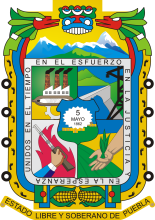
Puebla
Categoria
Estado
Parte de
México
Lugares relacionados
Tipo de contenido: Lugar
This Valley, with the richest biodiversity in North America, consisting of Zapotitlán-Cuicatlán, San Juan Raya and Purrón, it is one of the main centres of diversification for the cacti family, which is critically endangered worldwide. The valley presents an exceptional water management system of canals, wells, aqueducts and dams, the oldest in the continent.

Tipo de contenido: Lugar
The Earliest 16th-Century Monasteries on the Slopes of Popocatepetl is a serial property with 15 component parts located in the states of Morelos, Puebla and Tlaxcala in Mexico, built as part of the evangelisation and colonisation of the northern territories of Mexico.
Tipo de contenido: Lugar
Puebla, which was founded ex nihilo in 1531 has preserved its great religious structures such as the 16th–17th-century cathedral and fine buildings like the old archbishop's palace, as well as a host of houses with walls covered in tiles (azulejos). The new aesthetic resulting from the fusion of European and American styles were adopted locally and are peculiar to the Baroque district of Puebla.

Tipo de contenido: Lugar
The "Casa del Deán" is one of the most iconic buildings in the city of Puebla. It is considered the oldest standing civil structure in the noble city of "Puebla de los Ángeles" and served as an architectural precedent for the construction of the city's cathedral. Built between 1564 and 1580, the house was commissioned by Tomás de la Plaza y Goes, the third dean of the cathedral chapter.
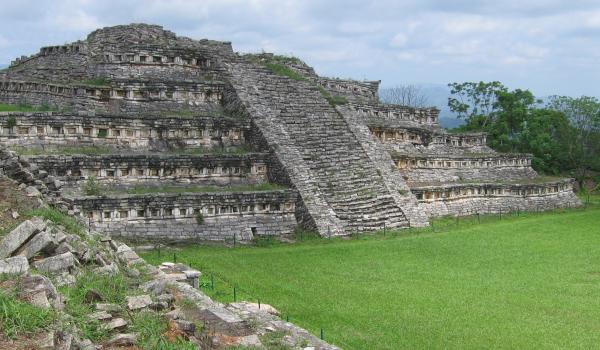
Tipo de contenido: Lugar
A Totonac settlement and important ceremonial center established high in the Sierra Madre. Notable for its monumental architecture with the characteristic niches of the region. Its ballcourt is one of the largest in Mesoamerica.
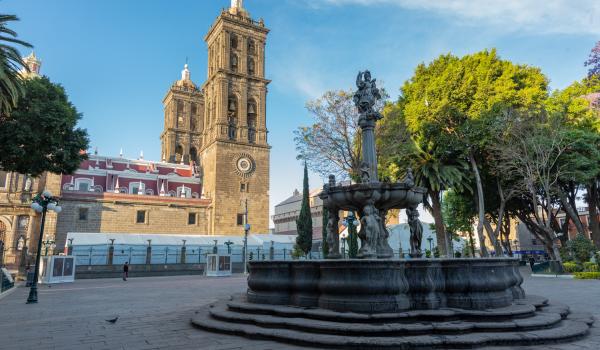
Tipo de contenido: Lugar
A city of great Baroque tradition and a site where some of the principal struggles in the national history of Mexico took place. The city stands out for its religious traditions and the great beauty of its buildings.
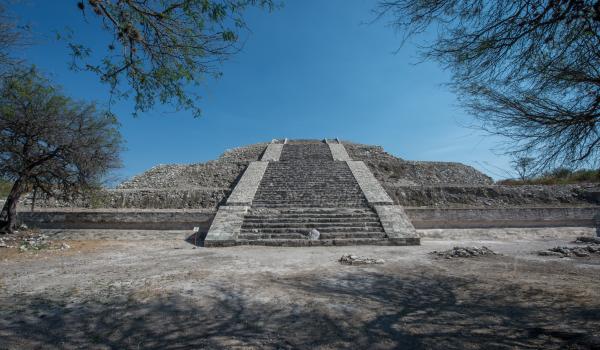
Tipo de contenido: Lugar
The site is thought to have been a key settlement of the pre-Hispanic period in terms of its interactions with the central area, the Gulf and Oaxaca. The site is in the south of Puebla and has architectural features similar to Teotihuacan, as well as sharing cultural traits with Tehuacan and the Mixtec region.
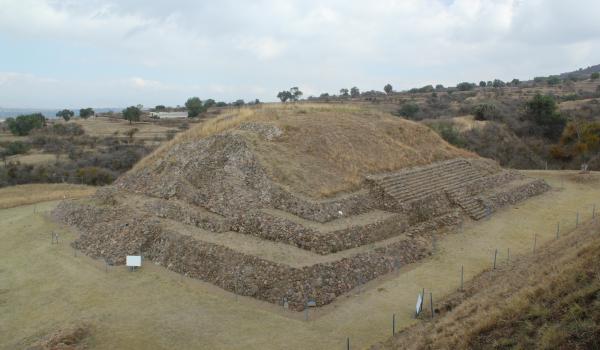
Tipo de contenido: Lugar
Located very close to San Martín Texmelucan, the origin of the early settlers is unknown. A fortified site with a strong Olmec influence, it maintained trade relations with a number of villages in the Puebla-Tlaxcala valley. Most notable are the plinths built on the edge of the ravines.
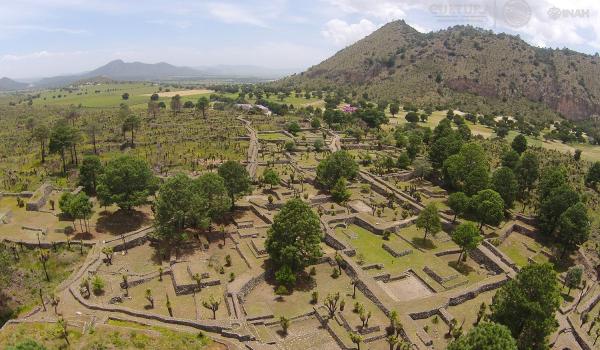
Tipo de contenido: Lugar
A vast fortified pre-Hispanic city which controlled the trade route between the high central plateau and the Gulf of Mexico. Everything about it is extraordinary: the acropolis, the plazas, districts, approximately 4,000 interconnected streets and numerous ballcourts. Its skilled craftsmen worked obsidian.
Tipo de contenido: Lugar
A new museum displaying one of the most ancient urban settlements: the most extensive and populous in Mesoamerica and a great exporter of obsidian. It has numerous intricate streets, plazas and walls, many ballcourts and a religion which extolled self-sacrifice.

